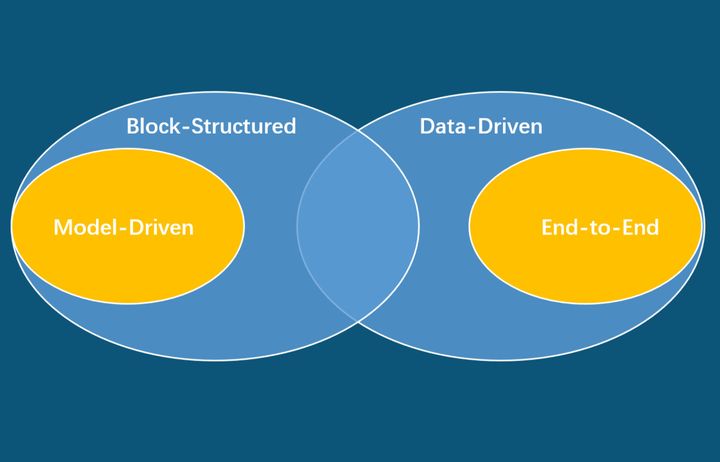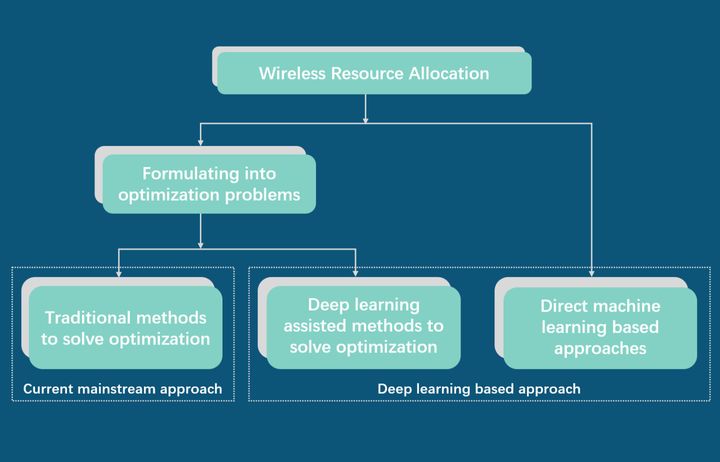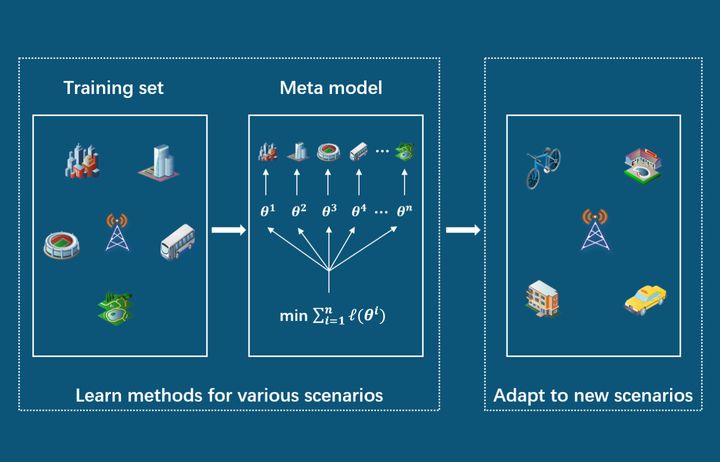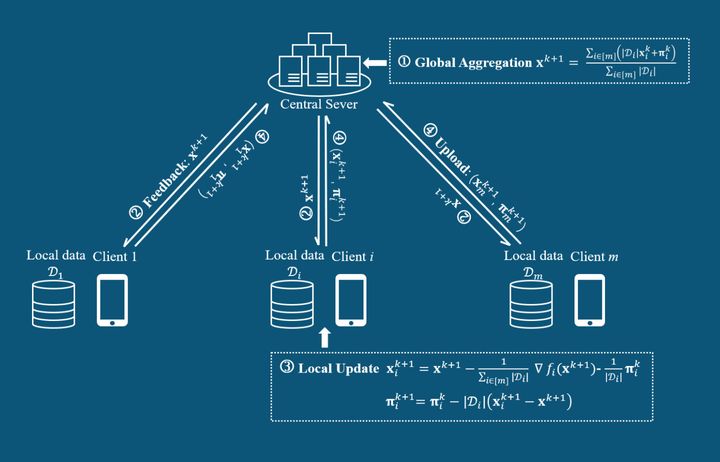Research
Research
ITP Lab is interested in fundamental and application issues on artificial intelligence for signal processing and communications in general.
The past research areas include blind signal processing, OFDM and MIMO for wireless communications, cross-layer optimization for SE and EE wireless networks, cognitive radio and D2D networks, TeraHertz and mmWave communications, and V2X and UAV vehicular communications. More information on past research can be found here - Past Research.
Currently, ITP Lab is working on the following topics:
- Fundamental issues in machine learning, compressive sensing, and optimization.
- Dynamic, accretionary, and meta-learning with applications.
- Deep learning for physical layer processing in communications.
- Intelligent wireless resource allocation.
- Federated learning related issues.

Deep learning for physical layer processing in communications
Deep learning (DL) has great potentials to break the bottleneck in the conventional communication systems. It can improve the performance of each individual block in the conventional communication systems or jointly optimize the whole transmitter or receiver, which also called end-to-end (E2E) communication systems. DL-based E2E can be extended to semantic communications.

Intelligent wireless resource allocation
Judicious resource allocation is critical to mitigating interference, improving network efficiency, and ultimately optimizing wireless network performance. The traditional wisdom is to explicitly formulate resource allocation as an optimization problem and then exploit mathematical programming to solve it to a certain level of optimality. Deep learning (DL) can help improve solution accuracy and/or reduce complexity of the optimization problems by exploiting the features of wireless networks. Some artificial approaches, such as deep reinforcement learning, graph embedding, and federate learning, can be directly exploited for wireless resource allocation.

Fundamental issues in machine learning, compressive sensing, and optimization
When techniques from machine learning or compressive sensing meet optimization, startling benefits, such as vast enhancements on accuracy and tremendous accelerations on computation, have been well proved. Our effort in this topic includes issues on data-driven techniques and model-driven techniques exploiting complex structures, such as sparsity, non-convexity, or non-smoothness.

Few-shot learning and meta-learning for communications
To mimic human intelligence, artificial intelligence should have the ability to adapt quickly based on a few training samples and to improve the performance when more data becomes available. Recently, novel learning mechanisms, including transfer learning, meta-learning, accretionary learning, and dynamic neural network architectures, have gained increasing popularity in the deep learning field, providing potential for building reliable intelligent systems. We will investigate how to exploit those techniques in signal processing and communications.

Federated learning related issues
Federated Learning (FL) is a technology for distributed artificial intelligence depending wireless communications and ensuring data privacy. The wireless connectivity is a crucial component for the practical implementation and scalability of FL. FL is still in its infancy since many challenges need to be addressed, such as the wireless connectivity limitations and the robustness against different types of security attacks. Of course, it is expected to have lots of applications in communications and other areas.


